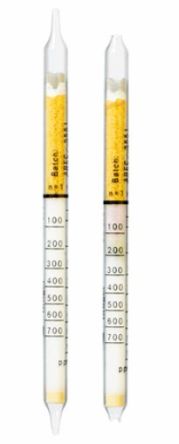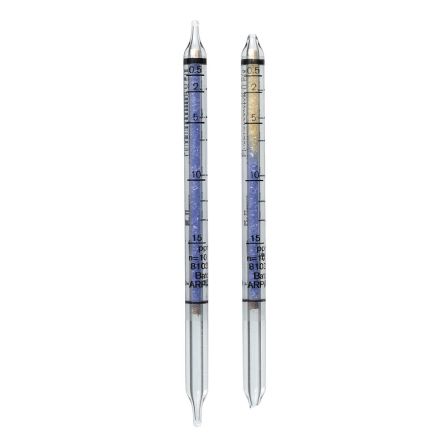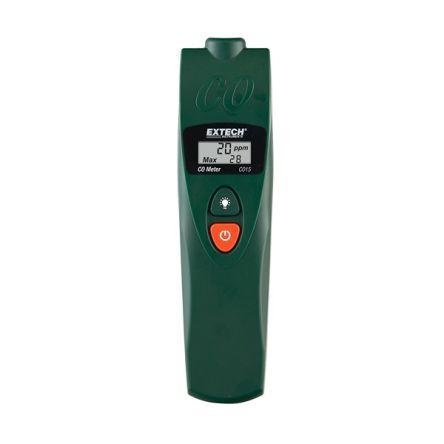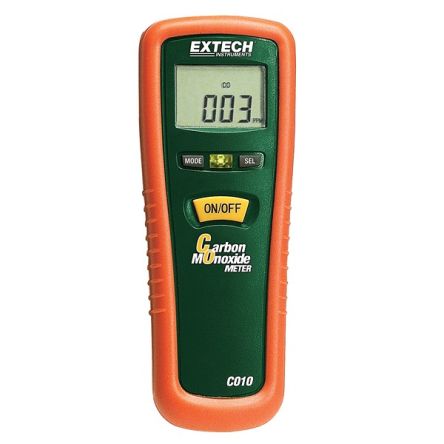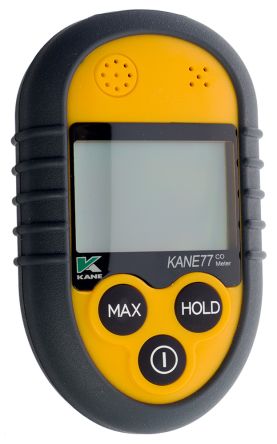- Automation & Control Gear
- Cables & Wires
- Enclosures & Server Racks
- Fuses & Circuit Breakers
- HVAC, Fans & Thermal Management
- Lighting
- Relays & Signal Conditioning
- Switches
- Batteries & Chargers
- Connectors
- Displays & Optoelectronics
- ESD Control, Cleanroom & PCB Prototyping
- Passive Components
- Power Supplies & Transformers
- Raspberry Pi, Arduino, ROCK, STEM Education & Development Tools
- Semiconductors
Carbon Monoxide Detectors
Gas detection is an important part of home safety and an essential part of commercial and industrial safety systems. Gas detectors are also known as gas analysers, gas meters or gas leak detectors, and they all have the same main function which is to detect and monitor any hazardous gas leaks, oxygen depletion or the presence of emissions (toxic or flammable gases). You can find out more in our gas detectors guide.
Why would you need a gas detector?
A gas detection unit provides you with peace of mind and real-time 24/7 monitoring. They are available as handheld portable gas detectors or can be fixed or mounted to walls and ceilings. Gas detectors, such as carbon monoxide detectors, ensure the early detection of harmful gases, preventing health complications or even fatalities resulting from prolonged exposure. Many industries and residential building codes also require the installation of gas detectors to ensure compliance with safety regulations and standards.
Gas Leak Detectors and CO2 Alarms
Gas leak detectors are specialised gas detectors designed to identify leaks in pipelines, tanks, or other gas-carrying systems. These detectors promptly alert users to the presence of gas leaks, allowing them to take immediate action to prevent potential accidents or hazardous situations.
Similarly, CO2 alarms are essential for monitoring and alerting occupants in confined spaces, laboratories, or areas where carbon dioxide is used or stored. They ensure that CO2 levels are within safe limits, preventing asphyxiation risks.
How do they work?
There is a sensor inside the detector that will measure and monitor the concentration of certain hazardous gases that are in the air, and if gases are detected above a certain level which the sensor is set to, an alarm will be triggered for evacuation. The alarms can be audible, visual or both, to ensure that all individuals can be alerted for evacuation. The gas detector could also send a signal to the building operations department in industrial/commercial buildings so people are aware of the danger even if they are not in the affected area.
What do they detect?
Gas detectors are categorised by the type of gas they detect; however, some are also multi gas detectors. Within this broad range, they are further defined by the technology they use:
- Catalytic and infrared sensors detect combustible or flammable gases
- Electrochemical and metal oxide semiconductor technologies generally detect toxic gases
Some common gases that can be detected are:
- Carbon Monoxide
- Chlorine
- Carbon Dioxide
- Ammonia Hydrogen Sulphide
- Methane
- Nitrogen Dioxide
- Butane Gas
- Natural Gas
How do I maintain my gas detector?
Most gas detectors are battery operated for safety reasons, so it is important to perform regular checks on battery life and complete maintenance checks, the same way you would with a fire alarm.
Are there any certifications to be aware of?
Some gas detectors will offer ATEX certification (Atmospheres Explosibles) which is an EU-regulated standard designed to ensure the safety of equipment or products being used in potentially explosive environments.

